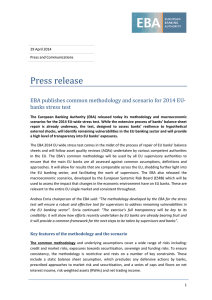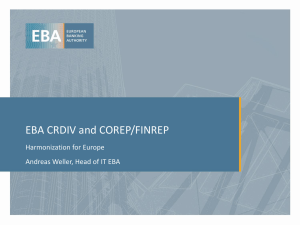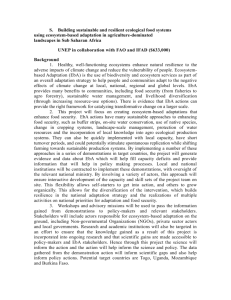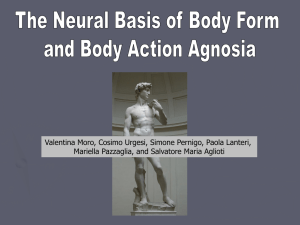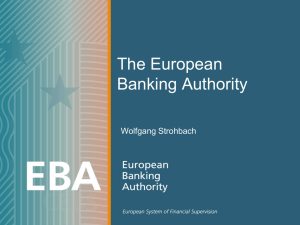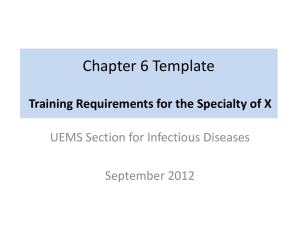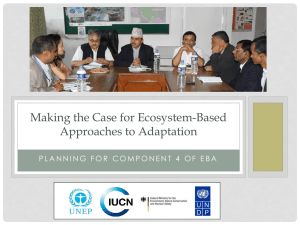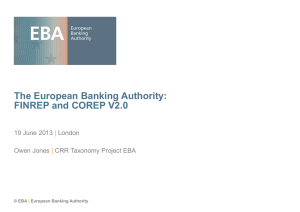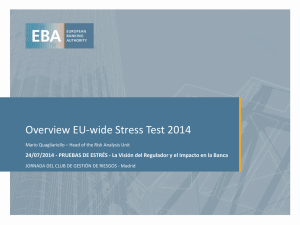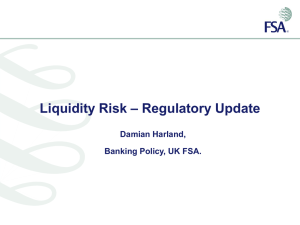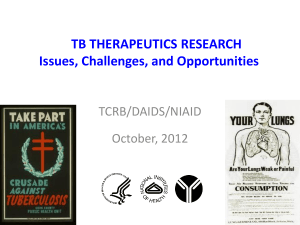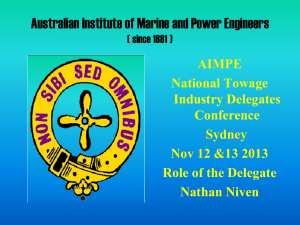EBA Corporate presentation
advertisement
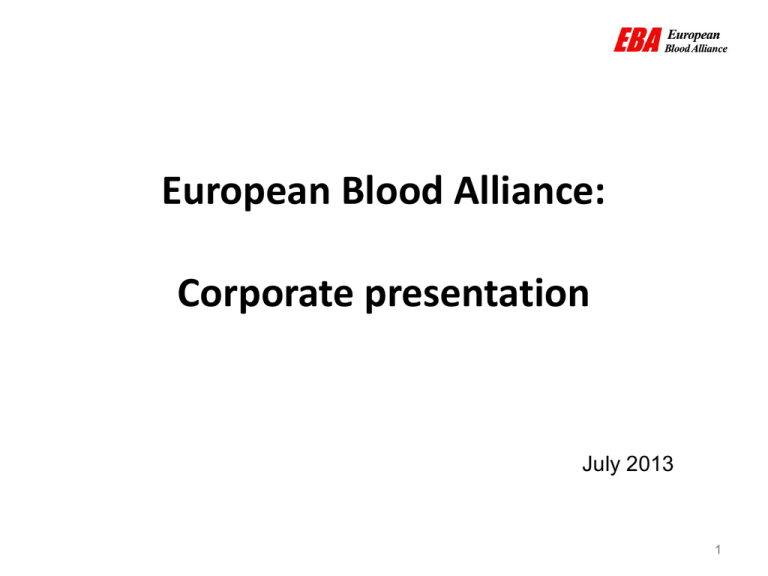
European Blood Alliance: Corporate presentation July 2013 1 * 2 Working structure • Executive Board: 6 members (elected, meet 4 x per year) • Board: all members (appointed, meets 2 x per year) – 2 seats and 1 vote per country • Permanent staff: – Executive Director: Gilles Folléa (Brussels) – Communications & Administrations officer: Willemijn Kramer (Amsterdam) – PA: Desanka Heidsieck (Amsterdam) • Decision making: the Board Members Meeting decide by majority vote but preferably in consensus • Working language: English • Funding: Mainly members fee, budget €390K 3 EBA purpose, mission and scope (statutes): “To contribute to the safety, security and cost effectiveness of the blood and tissue and cell supply for the citizens of Europe by developing and maintaining an efficient and strong collaboration amongst European blood and tissue and cell services”. 4 EBA strategic objectives (1 of 2) 1. Safe and secure self-sufficiency from VNRD. Increase public and professional awareness of, and further promote voluntary non-remunerated donations (VNRD) of blood and blood components and self-sufficiency from VNRD. 2. Performance improvement through collaboration. Assist European blood and tissue and cell services to improve their performance, based on scientific and ethical principles – for the benefit of patients. Encourage joint activities and projects between members to enhance the capability of the members. 5 EBA strategic objectives (2 of 2) 3. Support to national and European authorities to promote best practice. Provide technical and professional support to national and European authorities, particularly those involved in preparation / revision of regulations, standards, recommendations, guidelines, to promote best practice. 4. Information exchange and dissemination. Exchange information on developments in the field of blood transfusion and tissue and cell transplantation, and disseminate relevant information on relevant issues. 6 Strategic Objective 1: Safe and secure self-sufficiency from VNRD 7 Safe and Secure Self-Sufficiency (1 of 4): Improving Blood supply management (BSM) • Leading role in the Council of Europe ‘TS003’ WG: – Survey on BSM (2012, 39 countries) – Self-assessment questionnaire and SWOT based method: succesfully used by 12 countries. – CoE Symposium on BSM (Oct 2012) – Currently spread with ISBT WP on BSM. • Work from TS003 WG and symposium expected to be presented in a CoE manual: executive summary; symposium report; TS003 study; Good practices of BSM. 8 Safe and Secure Self-Sufficiency (2 of 4): Professional and effective donor management Donor Management in Europe (DOMAINE) Objectives: • Maintaining a safe and sufficient blood supply for the European • community through effective donor management • Putting together individual experiences • Cooperation of BE’s to facilitate solutions • Translating knowledge and experience into Good Donor Management’ Successive steps: • Survey (2008) • Manual: presented at ISBT meeting 2010, accessible at www.domaine-europe.eu • Training courses: 2011, 2013 • Recommended by ISBT Working Party on donors in 2012 9 Safe and Secure Self-Sufficiency (3 of 4): Management of Emerging Infectious Diseases ‘EID Monitor’ Objectives • monitoring EIDs, sharing preventive measures, bringing expertise to members and regulators Method • monthly teleconferences (EBA + AU+CA+US), email exchanges, meetings with SANCO, European Centre for Disease Control (ECDC) Main outcomes • Regular monitoring and experience / expertise exchange shared with EBA (ABO) members • Contribution to EC preparedness plan on WNV • Position on malaria in Greece • EID M experts recruited for assessment of EUFRAT (ECDC) and another risk assessment tool (Utrecht University) • Positions sent to CoE for 17th version of the Blood Guide: integrated in either 17th or 18th edition. 10 Safe and Secure Self-Sufficiency (4 of 4): Use of blood components and plasma derivatives ‘EU Optimal Blood Use Project’ • Manual aimed at promoting improvement in the quality of the clinical transfusion process, defined as “Transfusion of the right unit of blood to the right patient at the right time, and in the right condition and according to appropriate guidelines” • The manual contains information to: – – – – Deliver QA of the clinical transfusion process Promote best practice in blood transfusion Comply with relevant EU directives Manual accessible at www.optimalblooduse.eu 11 VNRD: Now more important than ever (1 of 2) • Context: continuing debate about donor remuneration and related threats to the blood supply and safety • EBA updated evidence for VNRD (EBA book): – Blood safety for patients – Continuity of blood supply – Donor safety – Ethical / legal reasons for donors: • Dignity • Non-maleficence and beneficence • Compromised Autonomy: Coercion/Pressure • Justice 12 VNRD: Now more important than ever (2 of 2) • EBA recommendations – Clarification of the current definition of VNRD (complementary definitions from Nuffield Council on Bioethics) – Complementary tools to help objectively assess VNRD and impact for patients’ and donors’ safety (presented at EMA) – Label blood components with the origin VNRD or paid – Collection of blood: Service of General Economic Interest • Ongoing steps 2013 – EBA recommendations submitted to GTS and DH Bio – New questionnaire for EC surveys on VNRD submitted to SANCO – EBA recommendations submitted to WHO, IFFRC – EBA recommendations to be presented to EU Parliament 13 Strategic Objective 2: Performance improvement through collaboration 14 Current activities and projects to improve performance through collaboration Working groups / networks: EBA promoted EU funded projects: • Benchmarking • Joint procurement: EPG + GPO • Collaborative quality management (validation + supplier audits) • Tissues and Cells • Education and training • VNRD versus paid donations • Plasma from VNRD (2013) • SOP • EUBIS • EUOBUP • DOMAINE 15 Performance improvement through collaboration: EBA Benchmarking • KPI monitoring and sharing (confidentially): 18 members • Inter-members visits • Workshops on collection efficiency, processing efficiency, donor deferral, platelet supply chain – With follow ups to assess effectiveness • Flying Squad (experts in Lean) – Visits to Malta and Estonia 2011: positive outcomes – Visits to Finland and Belgium (FR speaking): 2012 – Visit to Ireland: 2013 16 Performance improvement through collaboration: Joint procurement • Objective: saving money for members, improving quality of MDs, alternate source of funding for EBA • Eurobloodpack (EPG) WG: UK, IE + NL. Proof of concept – First bags purchasing expected in 2013 – Significant savings (IE, UK, not NL) – Benefits from collaboration for common specification, supplier audits, validation • Grouped Purchasing Organisation (GPO) – DGP survey (2012): EBA members globally agree – Negometrix survey (2012): no legal obstacle – Creation of an EBA GPO: accepted in principle, expected to be effective in 2013 17 Performance improvement through collaboration: Collaborative Quality Management • Collaboration between EBA members to audit suppliers of critical goods within the framework of an agreed policy and standard process. • Pilot: 4 audits – Positive response from suppliers (satisfactory corrective action plans) – Reports shared by 13 BEs – Cost effectiveness established • Manuscript submitted to peer reviewed journal (2013). 18 Performance improvement through collaboration: Tissues and Cells • Objectives: • Harmonization of practices: benchmarking in collaboration with the initial EBA Benchmarking Working Group • Expertise to relevant EU bodies (EU Parliament resolution on VNRD for T&C, 09/2012) • Education programme to help improving practices • Contributed to the EBA Book: Tissues and Cells from Human Origin 19 Improving performance through Collaboration: Education and Training • Project of training and Post Graduate Diploma in Donor Health Management, led by Sanquin, with EU funding • Kick-off meeting (Dec) • Application file submission (Jan 2013) • EMTACT Course: “European Blood Alliance (EBA): The transfusion’s challenges of tomorrow” (available on EMTACT website) 20 Strategic Objective 3: Support to national and European authorities to promote best practice 21 Support to national and European authorities to promote best practice • Bringing expertise to EU Directorate General of Health and Consumers (DG SANCO): eg EIDs, VNRD • Presenting the information in a practical way to European Institutions: manuals, EBA book • Influencing the preparation of the future EU Regulation: – EU Parlement resolution on VNRD for T&C (EBA – CoE 2012) – MD & IVD Regulations: ongoing – Blood (EBA WG 2013) and Tissues Directives/regulations (expected) • Supporting the European Committee on Blood Transfusion of CoE (CD-P-TS) influence on EC for future Blood regulations: the chapter on Quality Assurance of the CoE Blood Guide will become binding in 2015 (18th edition of CoE Blood Guide) 22 EU Blood Inspection Systems:EuBIS www.eubis-europe.eu • First project that has brought regulators and manufacturers together to develop criteria and standards jointly. • Two manuals: – EUBIS Common criteria for the inspection of Blood Establishments – EUBIS Audit/inspection training guide • Manuals and training sessions aimed to assist: – BE’s to optimise their quality system and self-inspection process / to prepare for regulatory inspections by CA’s – CA’s to use the manual as a reference for implementation of EC legislation related to regulatory inspections – Common practice, expertise, mutual knowledge 23 Strategic Objective 4: Information exchange and dissemination 24 Internal communication and information management for/from members-partners • • • • • • • Regular mail exchanges, Q/A through EBA office Information/experience sharing: active in each WG Member consultations: followed by report and conclusions Community based web-tool to facilitate exchanges: Basecamp Web conferences for EBA WG/Members/Staff EBA blogs Coordination of WGs: forum of EBA WG chairs (2013) 25 Leveraging influence of EBA on policy and decision makers - improving stakeholder engagement • EBA book (2013): Blood, tissues and cells from human origin: the European Blood Alliance Perspective. Accessible at issuu.com/ebloodalliance • EBA publications in peer reviewed journals (ex) – Donor cycle and donor segmentation: new tools for improving blood donor management. Vox Sang. 2013 – Renewed considerations on ethical values for blood and plasma donations and donors. Blood Transfus 2013. • Participation in the stakeholder engagement sub-group of the ABO Risk Based Decision Making WG 26 Developing international Collaboration • Council of Europe – Blood supply management (TS003); EU report on blood landscape ; VNRD; Plasma supply management • Alliance of Blood Operators (ABO) and America’s Blood Centers (ABC) – Regulatory managed convergence / apheresis connector standardisation; Horizon scanning • WHO – Self-sufficiency from VNRD; Essential Medicine Lists • ISBT – working party on blood supply management; VNRD • Asia Pacific Blood Network – information exchange. 27 Thanks for your attention! 28
